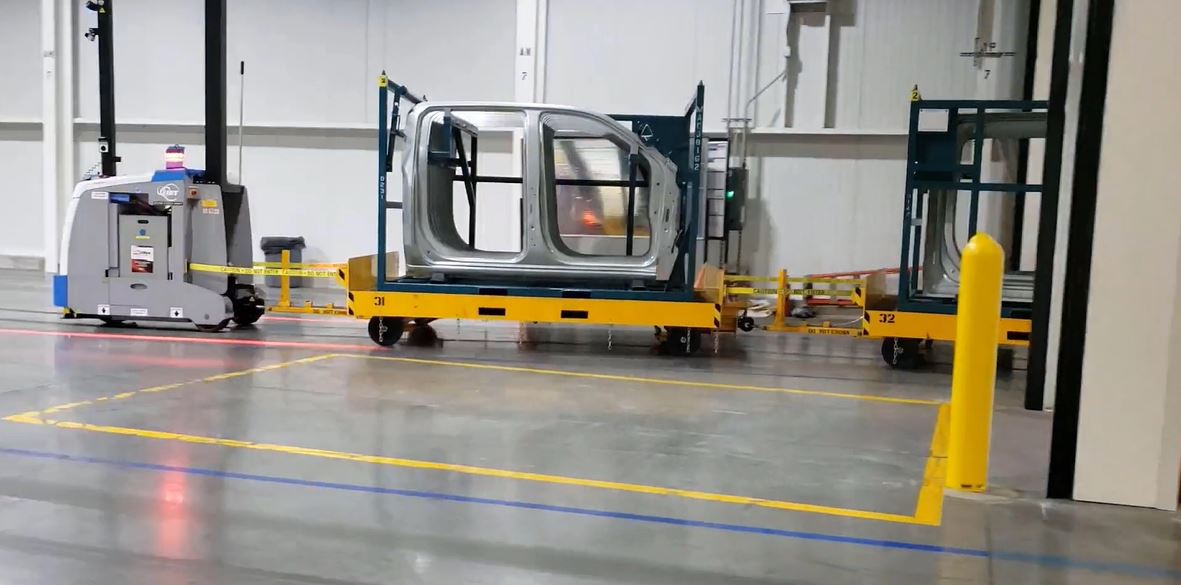In the world of material handling and logistics, the rise of Automated Guided Vehicles (AGVs) has brought forth a new era of sustainability. AGVs are revolutionizing the way businesses handle goods, offering a range of benefits that traditional forklifts simply cannot match. Let’s explore the top five reasons why AGVs are leading the charge in sustainability.

Energy Efficiency: AGVs are champions of energy efficiency. By utilizing advanced electric motors and intelligent control systems, they optimize energy consumption. Unlike forklifts that rely on fossil fuels, AGVs operate on electric power, significantly reducing greenhouse gas emissions and dependence on non-renewable resources. The efficient use of energy not only lowers operational costs, but also contributes to a greener, more sustainable future.

Emissions Reduction: AGVs pave the way for cleaner air and reduced emissions. Unlike forklifts, which emit carbon dioxide (CO2), nitrogen oxides (NOx), and particulate matter, AGVs produce zero direct emissions during operation. By eliminating harmful pollutants, AGVs contribute to improved air quality, benefiting both employees and the environment. The reduction in emissions aligns with sustainability goals and promotes a healthier, more sustainable workplace.

Waste Minimization: AGVs excel at waste minimization, optimizing material handling processes and reducing resource consumption. With their precision and advanced software, AGVs minimize product damage, resulting in reduced waste and better inventory management. By optimizing storage space and reducing excess stock, AGVs help businesses operate in a more sustainable manner, minimizing waste and maximizing resource utilization.

Noise Pollution Reduction: Noise pollution is a common concern in material handling operations. Traditional forklifts are known for their loud engines, contributing to a noisy and disruptive work environment. AGVs, however, operate silently. With their electric motors, AGVs significantly reduce noise pollution, creating a quieter and more pleasant workplace. This reduction in noise not only improves employee well-being, but also minimizes disturbance to neighboring areas, fostering a sustainable and harmonious work atmosphere.

Safety Enhancements: AGVs prioritize safety, offering advanced features that minimize the risk of accidents. Equipped with sensors, cameras, and collision avoidance systems, AGVs operate with precision, reducing the potential for human error. By enhancing safety protocols and minimizing workplace accidents, AGVs create a safer working environment. This not only protects employees, but also contributes to sustainability by minimizing downtime, reducing the need for repairs, and ensuring continuous operations.
In summary, the sustainability advantages of AGVs over traditional forklifts are undeniable. From energy efficiency and emissions reduction to waste minimization, noise pollution reduction, and safety enhancements, AGVs are leading the charge in transforming material handling operations. By adopting AGVs, businesses can significantly reduce their environmental impact, improve operational efficiency, and create a safer, more sustainable workplace. AGVs are not just a technological advancement; they are the sustainable solution for a greener future in logistics and material handling.

